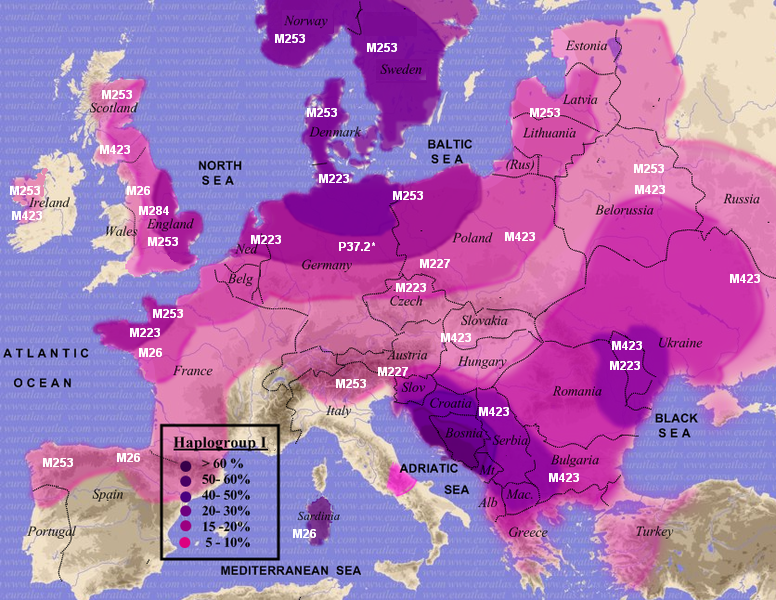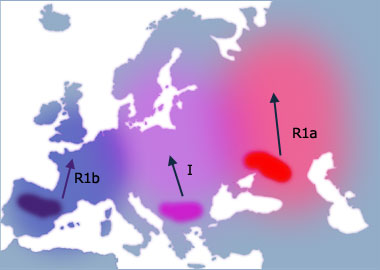"Mors Certa, Hora Incerta."
"We are a brave people of a warrior race, descendants of the illustrious Romans, who made the world tremor. And in this way we will make it known to the whole world that we are true Romans and their descendants, and our name will never die and we will make proud the memories of our parents." ~ Despot Voda 1561
"The emperor Trajan, after conquering this country, divided it among his soldiers and made it into a Roman colony, so that these Romanians are descendants, as it is said, of these ancient colonists, and they preserve the name of the Romans." ~ 1532, Francesco della Valle Secretary of Aloisio Gritti, a natural son to Doge



























